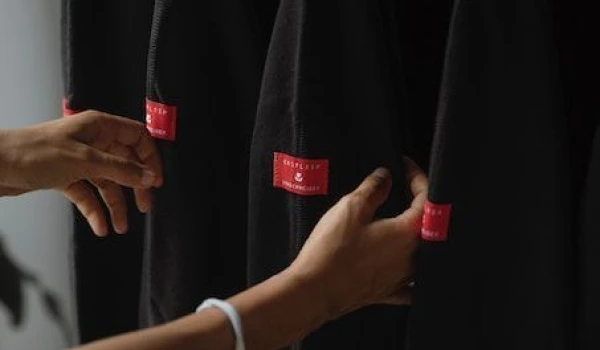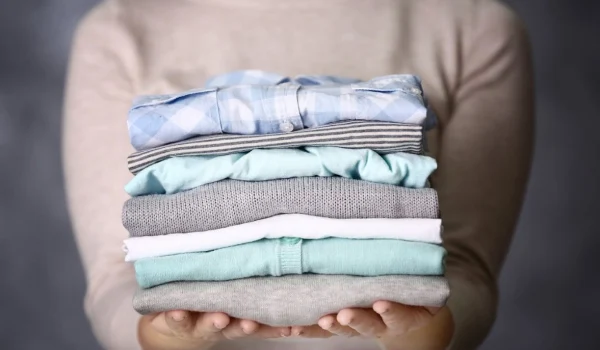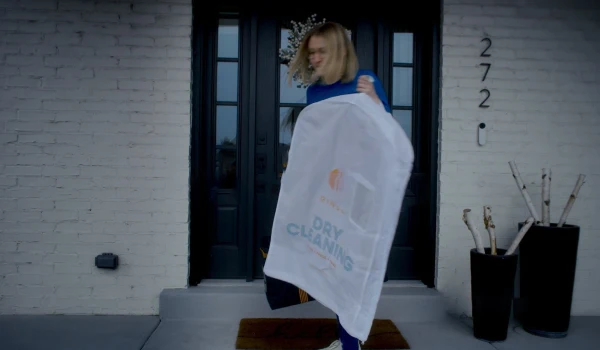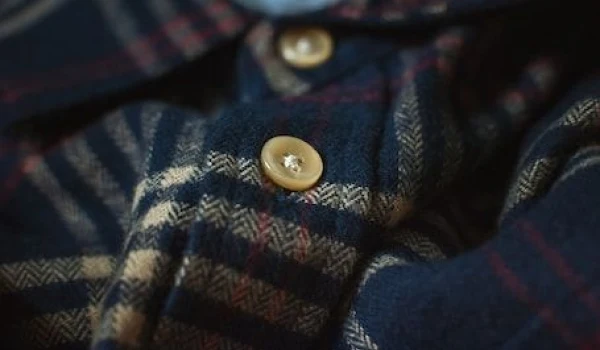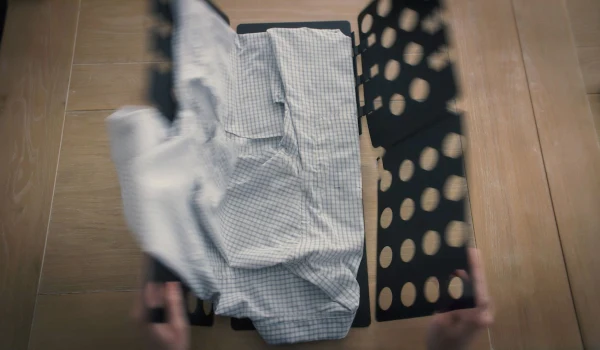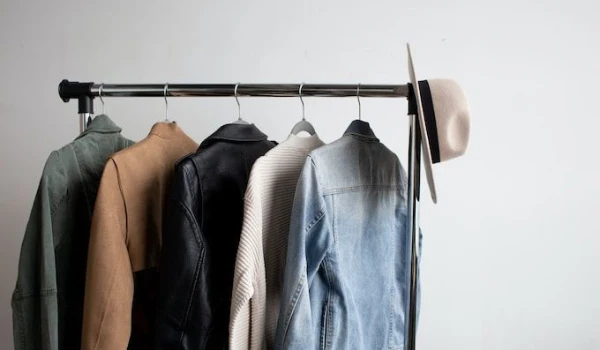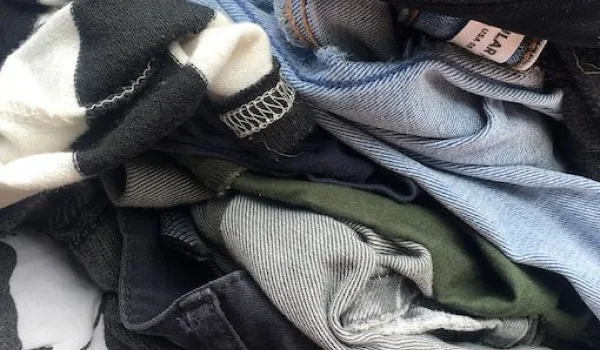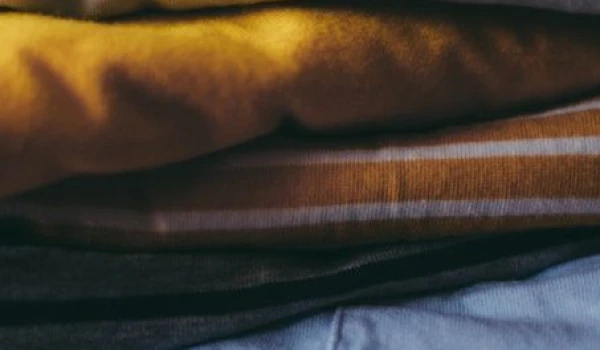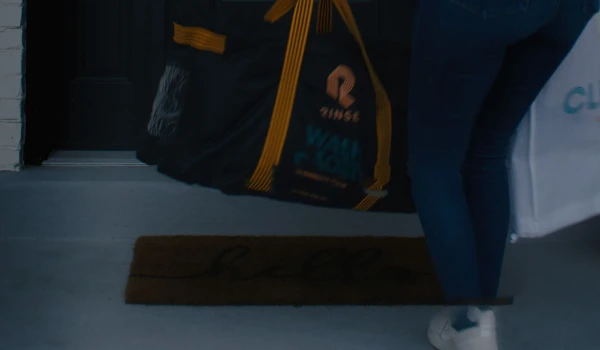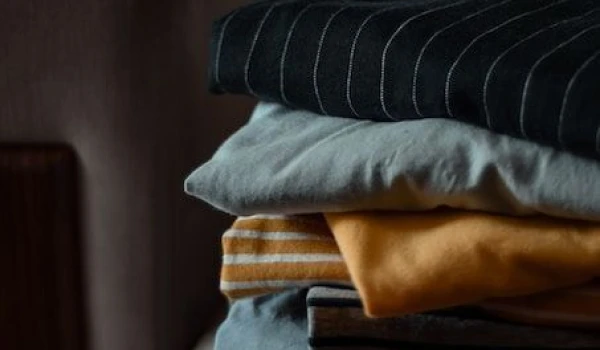Introduction
The laundry process doesn’t end with washing; drying is an essential step that can make a big difference in how your clothes look and feel. One of the most common methods to dry clothes is tumble drying, a convenient option that is often misunderstood. Tumble drying is frequently confused with air drying or line drying, leading to mistakes that can damage delicate fabrics or waste energy. In this guide, we’ll unravel what tumble drying is, explain the different settings, and provide essential tips to make the most out of your tumble dryer.
What Is Tumble Dry?
Tumble drying is a process that dries clothes by tumbling them in a rotating drum with heated air. Most household dryers, also known as tumble dryers, are equipped with various settings that allow you to adjust the heat and drying time, depending on the fabric type and desired results. Unlike air drying, where clothes dry through natural airflow, tumble drying uses heat and movement to reduce dry time and leave fabrics soft and wrinkle-free.
It’s essential to understand the different tumble dry settings on your dryer. Not all clothes should be dried on high heat; delicate fabrics often require a lower temperature to prevent shrinkage or damage. For more on understanding different clothing labels, check out our guide to laundry symbols.

Is Air Dry the Same as Tumble Dry?
While tumble drying and air drying are both ways to dry clothes, they are entirely different methods, each with unique benefits. Here are some key differences:
Mechanism
In tumble drying, clothes are exposed to heated air and rotated in a drum, allowing for quicker drying. Air drying, on the other hand, involves hanging clothes to dry naturally, either outdoors or on a dry rack.
Energy Consumption
Tumble dryers use electricity to generate heat and power the drum’s rotation, making them a quicker but more energy-intensive choice. Air drying, however, is an energy-saving option since it relies solely on airflow and sunlight.
Common Tumble Dry Settings
Most tumble dryers come with multiple settings to dry clothes effectively. Here are the most common settings and how to use them:
Tumble Dry High
This setting uses high heat, making it ideal for drying heavy items like towels and jeans. It’s fast but can be too intense for delicate fabrics, so always check the laundry symbol on your garment’s label before choosing this option.
Tumble Dry Medium
A more moderate setting, tumble dry medium is suitable for everyday items like T-shirts, pants, and bed sheets. It dries clothes effectively without risking damage, especially for fabrics that don’t require high heat.
Tumble Dry Low
This low-heat setting is perfect for delicates and items prone to shrinkage. Tumble dry low provides enough heat to dry lightweight fabrics without the risk of overheating, helping keep clothes in good condition.
Tumble Dry No Heat
Sometimes labeled as air fluff, this setting uses only air circulation without any added heat. It’s excellent for removing lint and refreshing clothes that may have a musty odor. Tumble dry no heat is also ideal for items that can’t tolerate heat but still need a quick refresh.

Tips and Tricks for Effective Tumble Drying
For the best tumble drying results, follow these practical tips:
Check the Care Labels
Before throwing items into the tumble dryer, check the care labels on your clothes to understand their specific requirements. Labels often indicate whether a fabric should be line dry, air dry, or can handle a tumble dry cycle. Knowing these details helps protect clothes from shrinkage or damage.
Use a Dryer Sheet
Dryer sheets reduce static cling, add a pleasant scent, and help prevent lint buildup on clothes. They’re especially useful for synthetic fabrics, which can cling together during the drying process.
Be Mindful of Load Size
Overloading the dryer not only prolongs the dry time but can also prevent clothes from drying evenly. For best results, make sure there’s enough room for clothes to tumble freely.

Tumble Dry Your Clothes with Rinse
Not all clothes are easy to tumble dry—some fabrics require special care or dry cleaning to maintain their quality. Rinse makes it easy to keep your clothes looking their best with professional laundry services that include expert tumble drying options. Rinse’s laundry pros know exactly how to handle delicate items, so you never have to worry about shrinkage, color fading, or fabric damage. And if you have other garments that shouldn't touch a mechanical dryer, Rinse also offers Dry Clean and Hang Dry services making it a one-stop shop for all your laundry needs.
If you want to enjoy the convenience of professional drying, check out Rinse’s services and keep your clothes looking fresh and clean. Explore more about Rinse’s laundry services today!
For other helpful articles, read our posts here:
Contact us at Rinse today to see our skill in action.

Have laundry or dry cleaning to do?
Rinse picks up, cleans and delivers 7 days a week. Amazingly awesome. Ridiculously simple.


